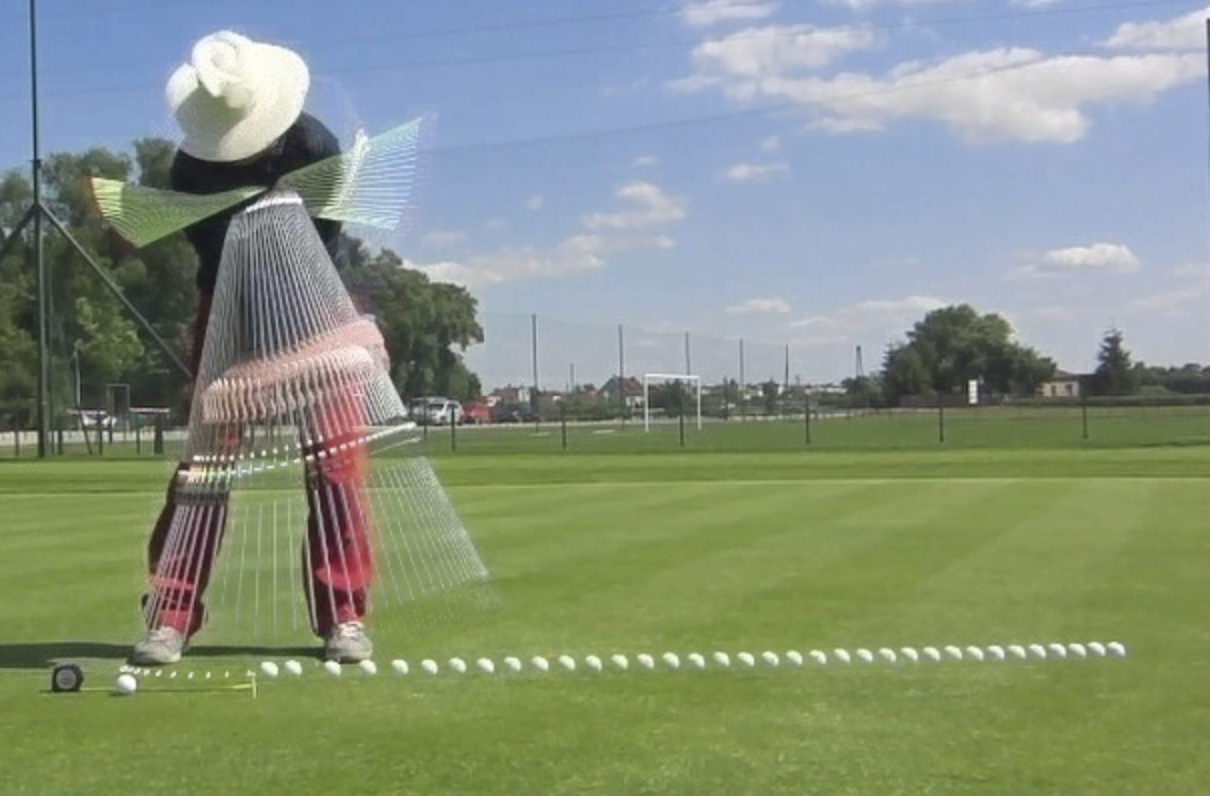Mobilize Vertically: Wedges First
Over the past two years I have been writing a project which I hope will come to fruition within the next few months. Part of my task was to describe what I see happening in the golf swing. Those of you that study with me know that ‘swing’ word is one I think belongs in a Sears catalog with a slide attached on one end, and maybe a set of rings. So what I see happening in the golf motion is very complex, and my job is to communicate it as simple as possible to the golfer receiving the information. With that in mind, I prescribe to Dr. Mike Boyle’s body model (New Functional Training For Sports), which divides the body into stable and mobile…chunks. For right handed golfers, the main stability chunk is the left foot, then in order: mobile ankle, stable knee, mobile hip socket, stable pelvis and lumbar spine, mobile thoracic spine (the ball is gone), stable scapula (the ball is still gone), mobile Glenohumeral joint, stable elbow, and mobile wrist (ball has been gone for a while).
For a 40 yard pitch shot, a 52 degree gap wedge works well. Backswing motion: shaft straight up, left arm parallel to the ground, but first!: mobile left hip joint stacked over the mobile left ankle (almost feels like the hip is back behind the ankle); it just sits there and doesn’t move. So two thirds of the motion for this 40 yard pitch shot is complete; the next and last thing to do is mobilize the thoracic spine. Now that can cause problems because everybody has a big chest full of ribs to rotate around where ever they may be, but let’s not be satisfied with that motion. Let’s focus on the center of mass of the thoracic spine, a spot behind the xiphoid process (the cartilaginous section at the lower end of the sternum). So the center of your chest is the third mobilization chunk you have to move in a kinetic chain of events to let the ball fly on a good path. In addition, since the first two mobilization chunks are already in place all we need to do is focus on moving that one chunk straight over your foot/hip combo, and let a straight line make a curve.




